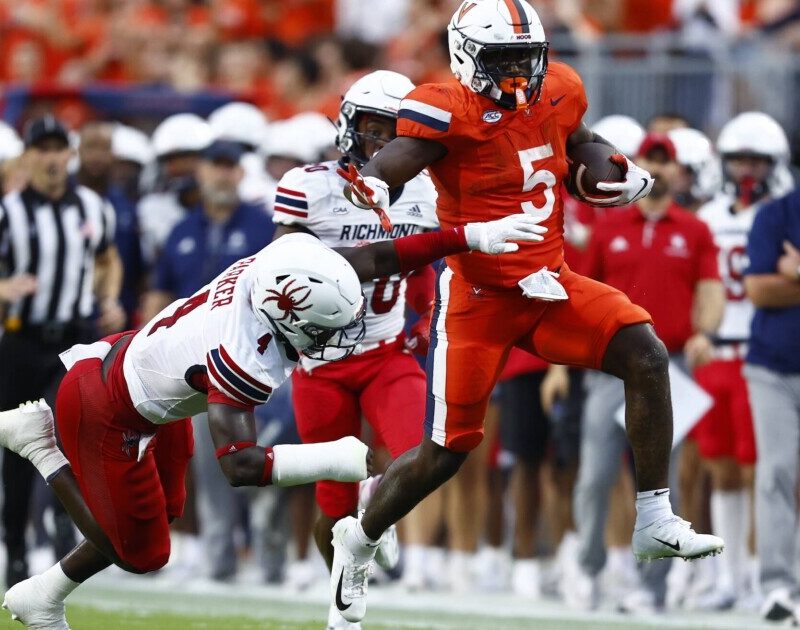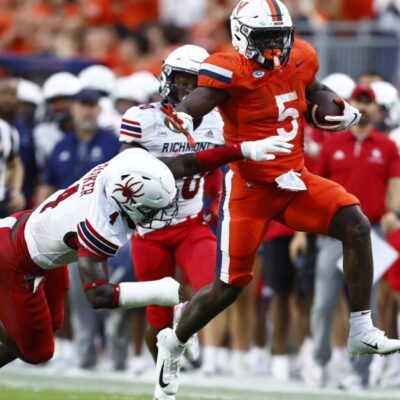Napster
Released in 1999, the oft-replicated, never-duplicated download program served as the template for all the peer-to-peer file-sharing services to follow. After signing into a centralized network, Nap-heads could download music files to their hearts’ (and ears’) content. That is, until Napster filed for bankruptcy and closed in 2002.
Bits per second
Refers to the rate at which data is transferred via a modem or network. Designed for transferring up to 56 thousand bits per second, Cable, DSL and network connections are the leaders, while good old-fashioned telephone connections bring up the rear.
Mbps
Mbps or megabits per second provide a measurement of bandwidth and information flow. Your average Joe works in mere Kbps (thousands of bits per second), but if you’re really special you use Gbps (billions of bits per second) and the online world is your oyster.
Broadband
Its full name is “broad bandwidth” and it’s pretty fundamental to the whole information-sharing phenomenon. It describes a high-capacity, two-way link between a user and supplier over a network. The better the broadband, the faster the illegal downloading.
Limewire
Imitation Napster affiliated with Gnutella that specializes in free peer-to-peer file sharing.
RIAA
The people that will get you. This trade group represents the whole U.S. recording industry, including the private record labels and distributors who are responsible for 90 percent of music sold in the United States.





